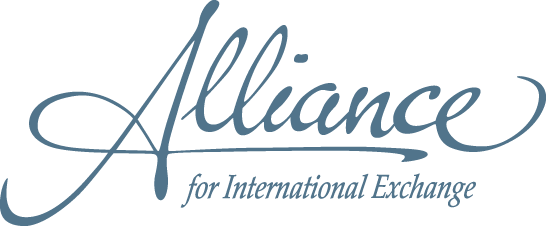The Institute of International Education (IIE) released a 2017 update to its 2014 report, Charting New Pathways to Higher Education: International Secondary Students in the United States. The update found “a strong increase” in international students on F-1 visas enrolling in high schools across the United States. These students use their enrollments as pathways to higher education institutions across the country.
IIE’s key findings include:
- The number of international secondary students has steadily increased since 2014 – tripling in size by 2016.
- About 72 percent (59,026) of international secondary students on an F-1 visa in 2016 indicated their intention to earn a diploma in a U.S. higher education. About 28 percent (22,955) of international students were enrolled through a J-1 visa in 2016. Compared to 2014 data, there a slight decline in J-1 exchange students at the secondary level. (See page 5).
- There has been an increase in the number of U.S. schools enrolling international students, especially among private institutions.
- Students from China make up 42 percent of all international secondary students. The number has increased to 48 percent from 2013 to 2016, outpacing the 12 percent growth seen overall from diploma-seeking and exchange students combined.
Additionally, the report notes that approximately two-thirds of exchange students are from Europe. Asian students make up the majority of international secondary students, with Europe and Latin America and the Caribbean making up 9 percent and 8 percent respectively.
China, South Korea, Vietnam, Mexico, Japan, and Canada are the top six sending countries of diploma-seeking secondary students in the United States and together makes up 78 percent of F-1 secondary students.
IIE also reports that across all 50 states of the United States, California, New York, and Texas are the top three host states of international students in both secondary and postsecondary levels of education. Additionally, the report found that private schools host over 94 percent of F-1 diploma-seeking students.
In summary, IIE’s report acknowledges that high schools are becoming a source of for U.S. higher education institutions to recruit international students, and this trend is growing. While geographic diversity is a challenge with 69 percent of international secondary students coming from East Asia, U.S. higher educational institutions are working on alternative ways achieve their diversity goals.
